Taiwanize
This is a translation of a German post. View original or Never translate German
As we near the end of our journey, we complete one Taiwan must-do still left to do: We visit the Taroko gorge in the national park of the same name.
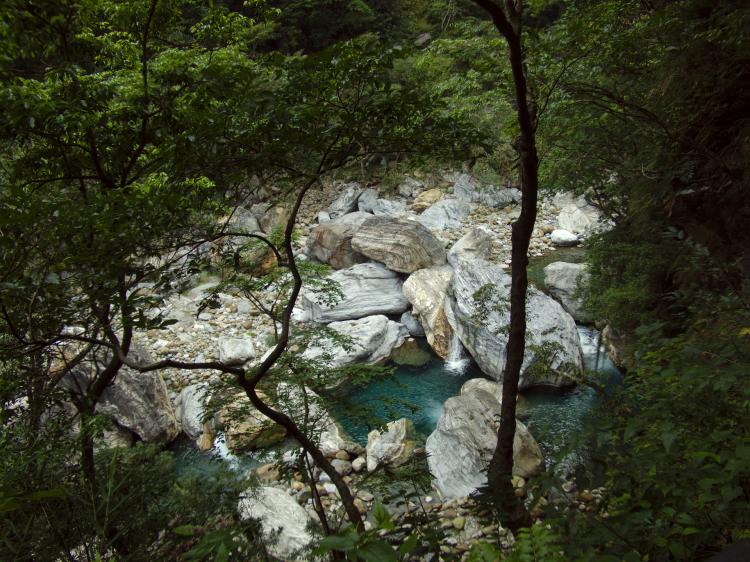
Taroko through the Trees
Already at the train station of Hualien, we notice that we're not the only ones with this plan: Half the station district seems to consist solely of hostels and B&Bs, one of them advertises in large letters with a 'legal business license' and 'fire safety compliance'. Very calming.
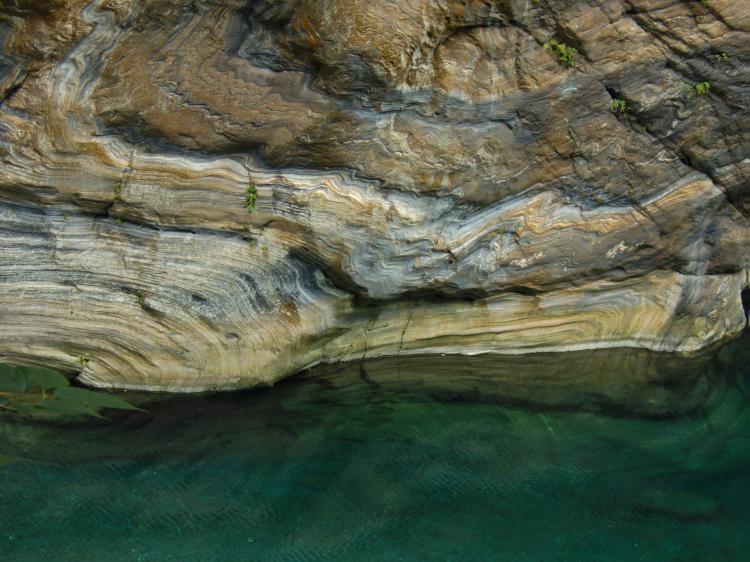
Fold & fold again
In the Taroko park, the Eurasian Plate collides with the Philippine Sea Plate which, over the course of millions of years, created impressive layered and folded rock formations.
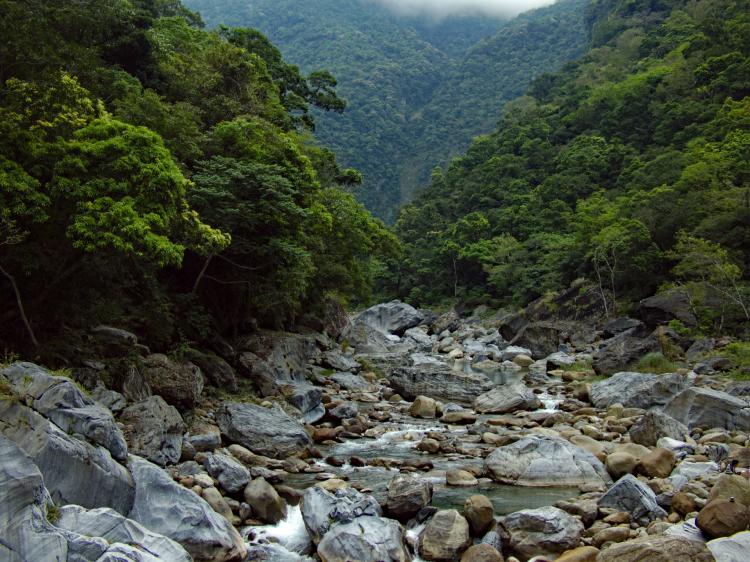
Sea of Stones
With our limited time budget, we stick to the easy 'scenic trails' so again, the hiking boots were only semi-necessary. But the trails are 'scenic' indeed: The huge rocks all have different, pretty patterns and textures, in between winds the deep blue river and there's also plenty of animals to be seen. The latter are to be enjoyed with caution, however — signs warn us of snakes, venomous bees, and boars.
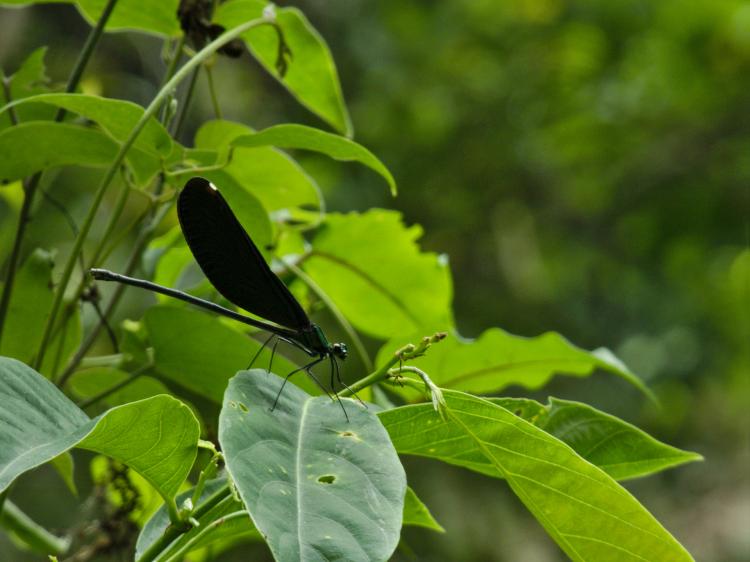
Fauna I
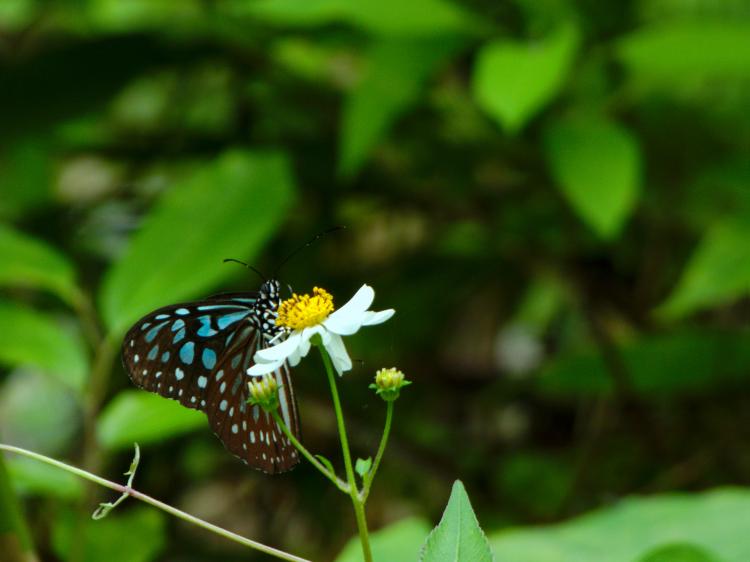
Fauna II
On our way back, a group of hikers stops in front of a crevice in the rock, taking pictures of something. When we approach them curiously, they point out a snake resting in the crevice, rolled up on a branch. "Don't get too close". If I'm not mistaken, the snake in question is a Chinese green tree viper — my first encounter with a venomous snake in the wild.
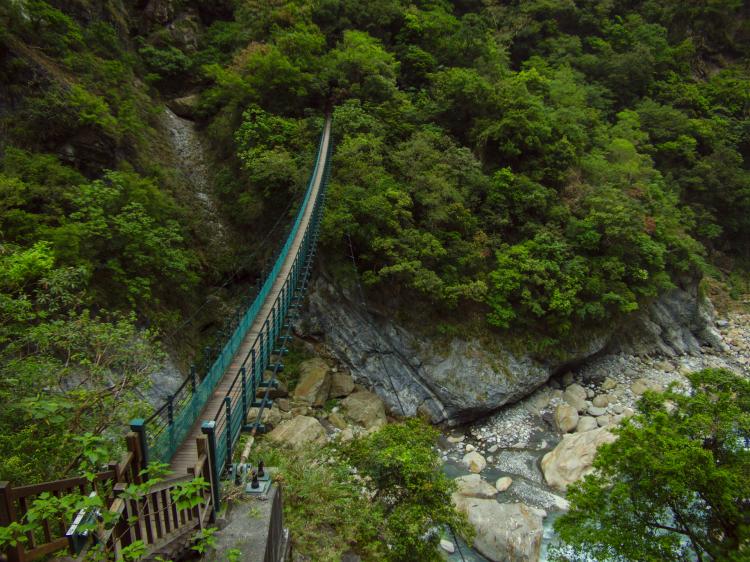
...sadly only accessible with a special permit
We continue by bus to the next station along the way — the Swallow Grotto, the narrowest part of the Taroko gorge.
The tourist groups around us are suddenly all wearing helmets and signs keep warning us to continue walking along quickly — we'll just try to not be too concerned.
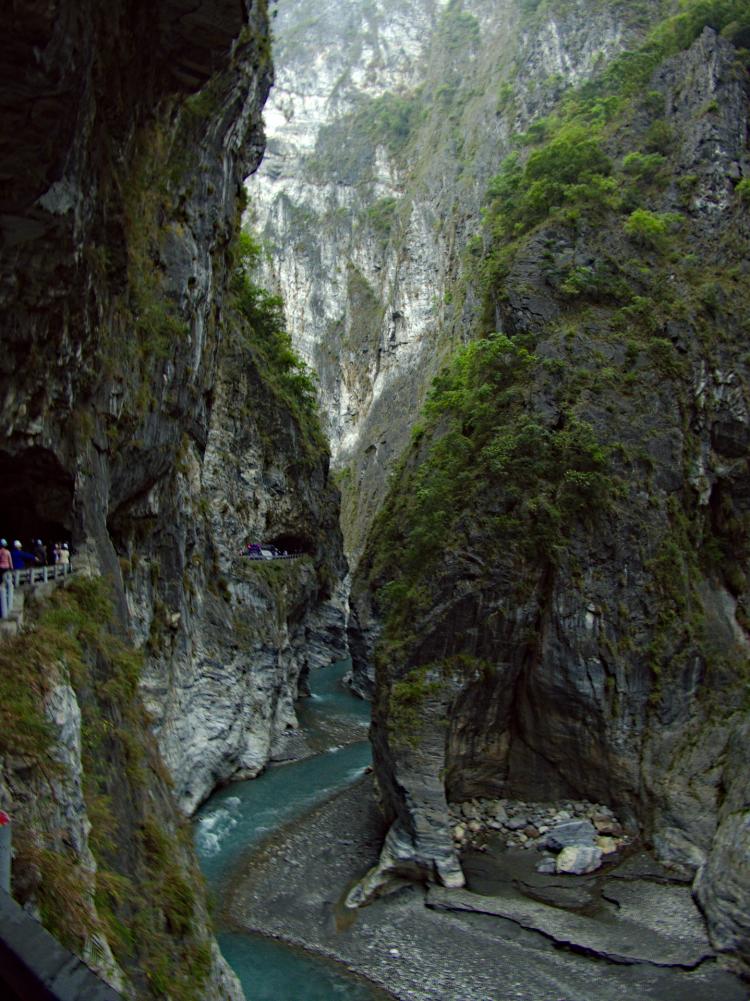
Gorge-ous
In exchange for the heightened risk of death by rockfall, there's lots to see here: The gorge goes up nearly vertically to both sides and about 50 meters below us, the Yiwu river rushes through sharp bends in the landscape.
Taiwan at Heart
I noticed that I really miss Taiwan now that I'm back home and have to organize my own food and can't get every Tea-, Milk-, or Juice based beverage you can think of at every street corner anymore.
This little country has grown dear to me these past two weeks. Apart from our incredibly diverse itinerary from metropolis over mountaintops up to sparsely populated, windy islands, we experienced the Taiwanese people as very helpful, kind, open-minded and creative — there was always someone around kind enough to show us in which slot to put the laundry detergent and we managed to have good conversations despite the language barrier. Of course, the fact that the entire country is dotted with cool design shops, art museums and creative parks in abandoned industrial areas is a nice bonus for me.
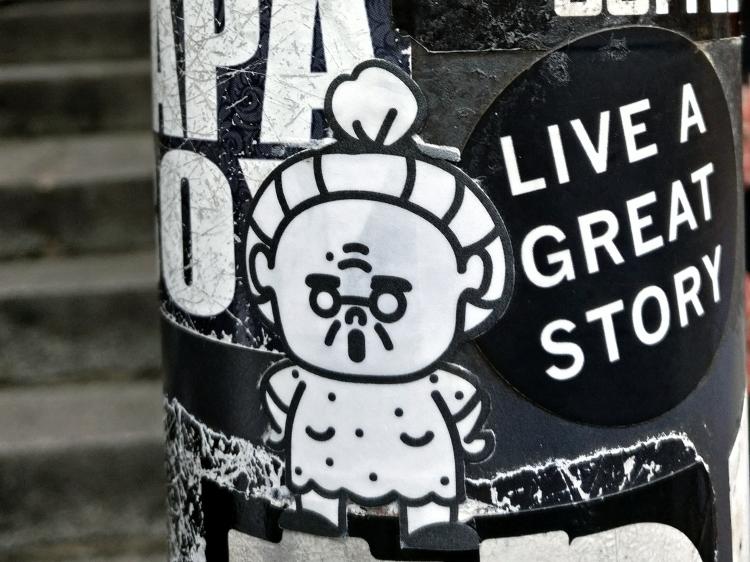
Live a great story
Respond to Change without Fear
The trains in which we criss-cross around the country are called Tze-Chiang (自強) — to strengthen the self. Named after a quote from Chiang Kai-shek's speech after Beijing was recognized as the capital of China by the United Nations and Taiwan consequently lost its seat in the UN.
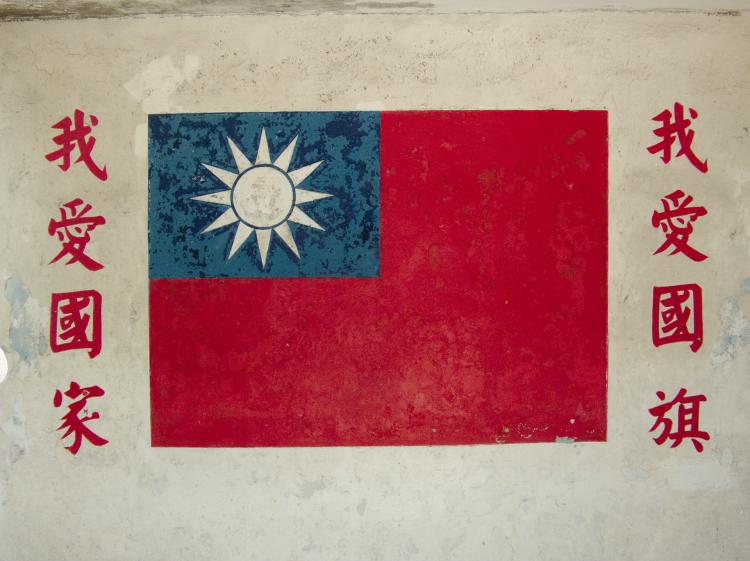
'Love the Country, Love the Flag' / Political Re-education
Between the time of White Terror, during which hundreds of thousands of suspected communists were incarcerated and thousands were executed for resistance against Chiang's government, the question of independence or reunification, and the existence in the political shadow of China, the question for the Taiwanese national identity is a difficult one.
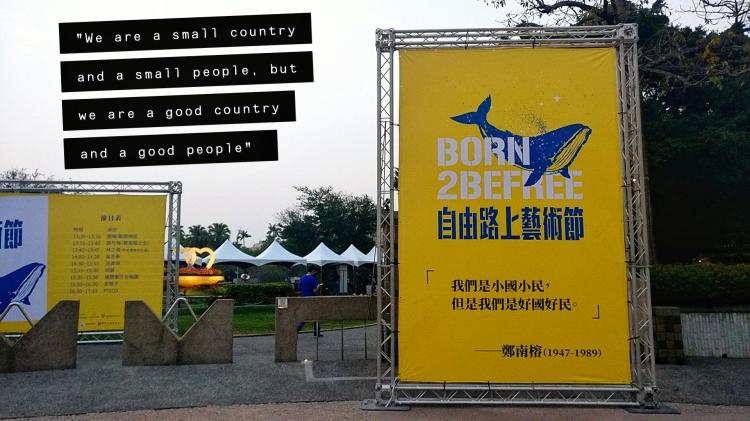
Born to be free / Cheng Nan-jung [ref]
It's complicated
As many of you know, China's foreign policy is based on the 'One China Policy': There's supposed to be only one China in the world, which, apart from the mainland (including Tibet), includes Hong Kong, Macao, and Taiwan as well. Accepting these territorial claims is a requirement for having any diplomatic relations with the People's Republic.
What might sound surprising at first is that Taiwan, too, pursues/pursued a One China Policy, which led to the '1992 Consensus', in which the Republic of China and the People's Republic agree on both being the same China. They stay, however, divided on who is the legitimate government of that China. Taiwan scrapped its One China Policy for a while, but after the 2008 elections, the new government reinstated the policy and the current government of Taiwan, which is rather pro-independence, refuses to reaffirm Taiwan's claim on the mainland.
The US foreign policy reflects the situation in the strategically ambiguous Shanghai Communiqué:
"The United States acknowledges that Chinese on either side of the Taiwan Strait maintain there is but one China and that Taiwan is a part of China. The United States does not challenge that position." [ref]
Because the Taiwan Strait is not recognized as an international border by either side and passports are mutually not recognized, Taiwan residents have to obtain a 'Taiwan Compatriot Permit' [ref] to travel to China and residents of the Mainland respectively have to get an 'Exit & Entry Permit for the Taiwan Area of the Republic of China' [ref] as a passport replacement.
Despite — or maybe especially because — the complicated relationship between Taiwan and China, the two countries are tightly linked economically: Both Foxconn and Pegatron, two of the largest electronics manufacturers in the world that operate vast factories in China and belong to the country's top employers, are Taiwanese companies.
And odds are that between all the components of your Chinese-assembled smartphone, you'll find a processor made in Taiwan.
To have a clear-cut opinion for once after all these uncertainties and to maybe get this blog blocked in the mainland, we'll just take a second to say:
中华民国是一个独立的国家,完全属于台湾人民。中华人民共和国对台湾海峡以外的领土没有任何要求。
That was Going Somewhere — Taiwan. Thank you for tuning in and see you next time!